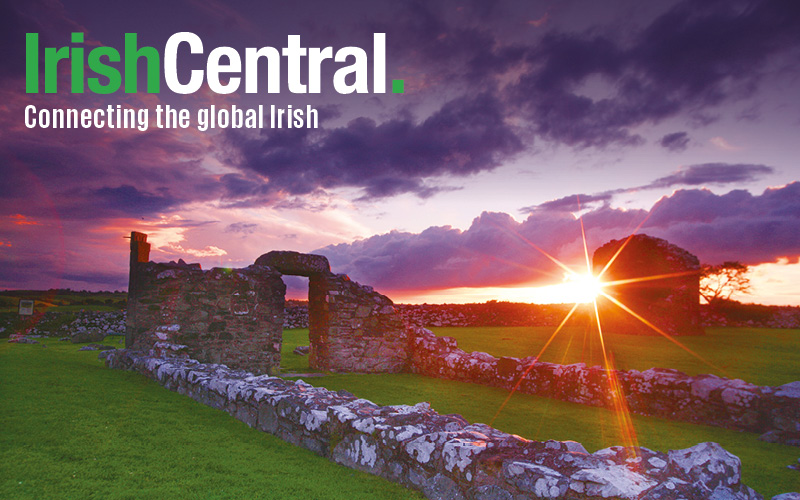New Yorkers, of course, tend to think that the entire nation revolves around them.
This is built-in snobbery, but New York is one of the great cities in civilized history. So when a list is compiled of the most important New Yorkers who ever lived, attention should be paid.
Then there is New Jersey. For all of the punch lines about toxic odors and political corruption, New Jersey’s history is deeply intertwined with New York’s, and it is easily one of the most diverse, vibrant states in the union.
Which is why it is interesting that, right now, both states are trying to figure out who their most important residents are.
You might even say the Irish Americans who appear on these lists are among the greatest Irish Americans in U.S. history.
In honor of the 400th anniversary of Henry Hudson’s famed voyage up the river that now bears his name, the Museum of the City of New York has compiled a list of the 400 New Yorkers “who have helped define New York City for the past four centuries.”
The Irish on this list are an impressive bunch. It should also be added that the list includes some of the worst enemies the Irish ever had.
From the entertainment world, the great actor Jimmy Cagney, raised in Manhattan, made the list. So too did song-and-dance man George M. Cohan, who in the movie "Yankee Doodle Dandy" was portrayed by none other than Cagney.
The great Brooklyn comic Jackie Gleason also makes the list.
From the world of letters, there’s the poet Frank O’Hara, the playwright Eugene O’Neill, and Pete Hamill, who has brought the New York Irish experience into the 21st century.
It is in the world of politics and religion, not surprisingly, where the New York Irish seem to have made their strongest mark.
Way back in the 1680s, County Kildare-born Catholic Thomas Dongan was appointed governor of New York. Dongan encouraged religious toleration in a time of great strife between Catholics and Protestants.
Not surprisingly, Dongan’s era of tolerance came to pass and he went back to Ireland poor.
DeWitt Clinton served as New York mayor in the 1820s and was the offspring of a famous Scotch-Irish political dynasty, which included generals, governors and even a vice president.
From the time of the Famine, County Tyrone native Archbishop John Hughes -- who basically built the New York Catholic Church -- makes the list. Tammany Hall power broker Richard Croker (from Blackrock, Cork) also makes the list, though he may have never made it without the non-Irish “Boss” William Marcy Tweed, who brought the Irish into the Tammany Hall fold in the 1850s.
The Irish, of course, were despised by many at this time, including the famous cartoonist Thomas Nast, who shows up on the museum list even though he regularly depicted the Irish as primitive apes.
Also on the list is George Templeton Strong, whose diaries are a priceless recollection of 19th Century New York, and include many entries about the filthy, traitorous Irish.
“Typhoid” Mary Mallon, an Irish immigrant who is believed to have spurred the great health crisis of the late 19th century, is also acknowledged, one of the few Irish women who made the list.
Later political types on the museum’s great 400 list include longtime governor Hugh Carey, Senator Daniel Patrick Moynihan and Bobby Kennedy.
Union leader and Kerry native Mike Quill, governor and presidential candidate Al Smith and Francis Cardinal Spellman round out the famous Irish names on the 400 list.
Meanwhile, as New York celebrates it 400th year, New Jersey continues building its own state Hall of Fame. The first class of 15 Jersey Hall of Famers was selected in 2008 and included Bruce Springsteen and Frank Sinatra, but not a single identifiably Irish person.
F. Scott Fitzgerald made the cut in 2009, but voting has begun for the 2010 class that includes Supreme Court Justice William Brennan, the child of immigrants from Roscommon.
Exactly one person is on both the New York and New Jersey lists. Unfortunately, it is Nast, the cartoonist.
Maybe that’s a healthy reminder of not just what the Irish achieved, but what they had to overcome.




Comments